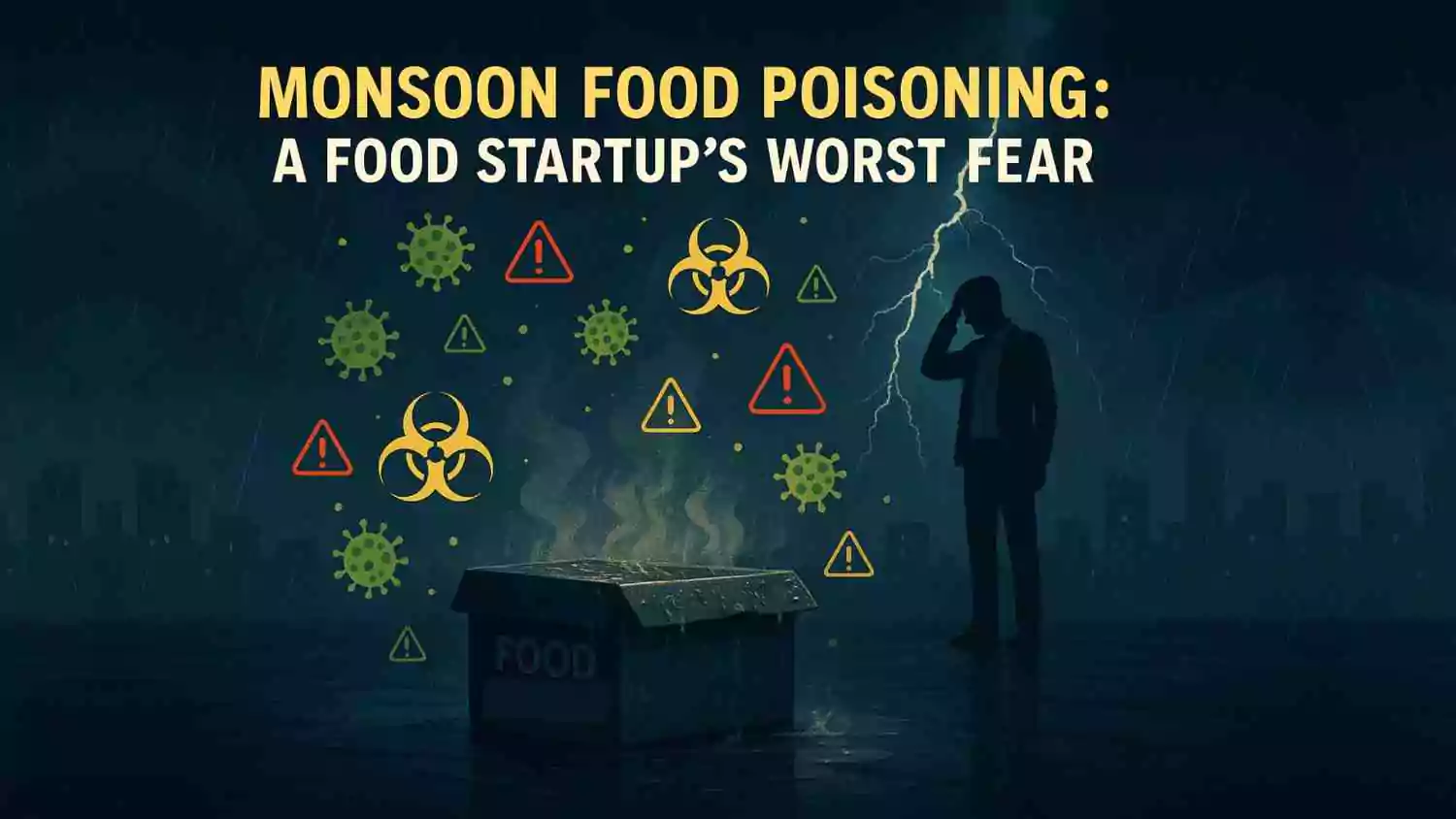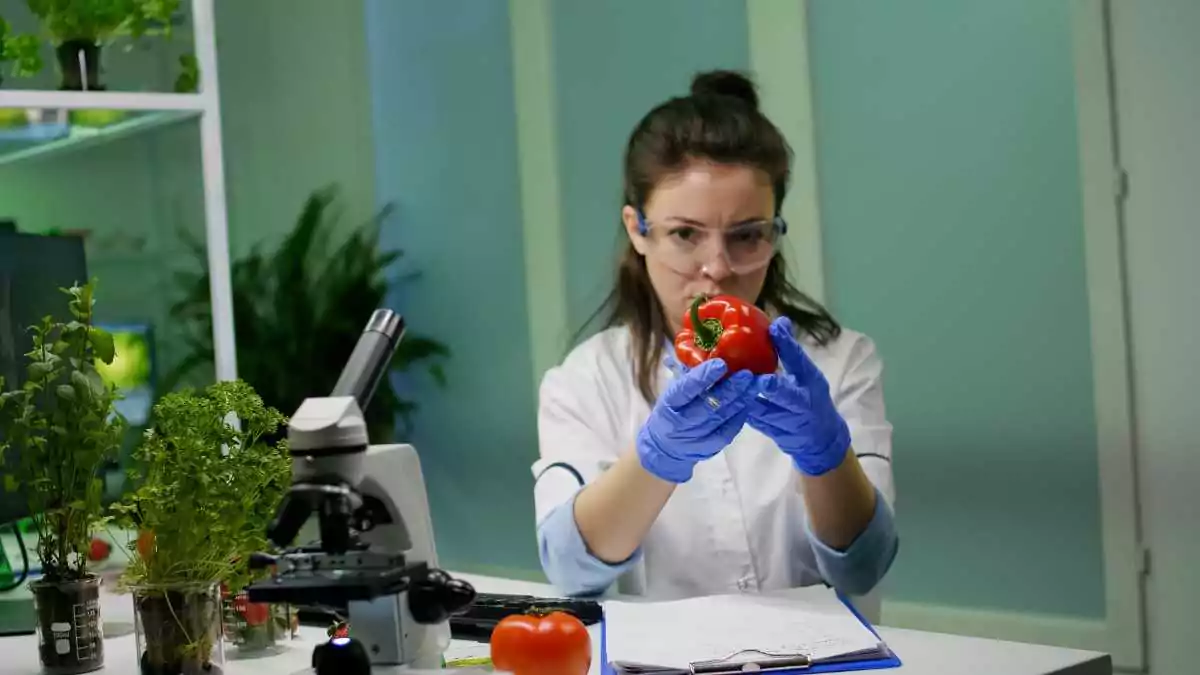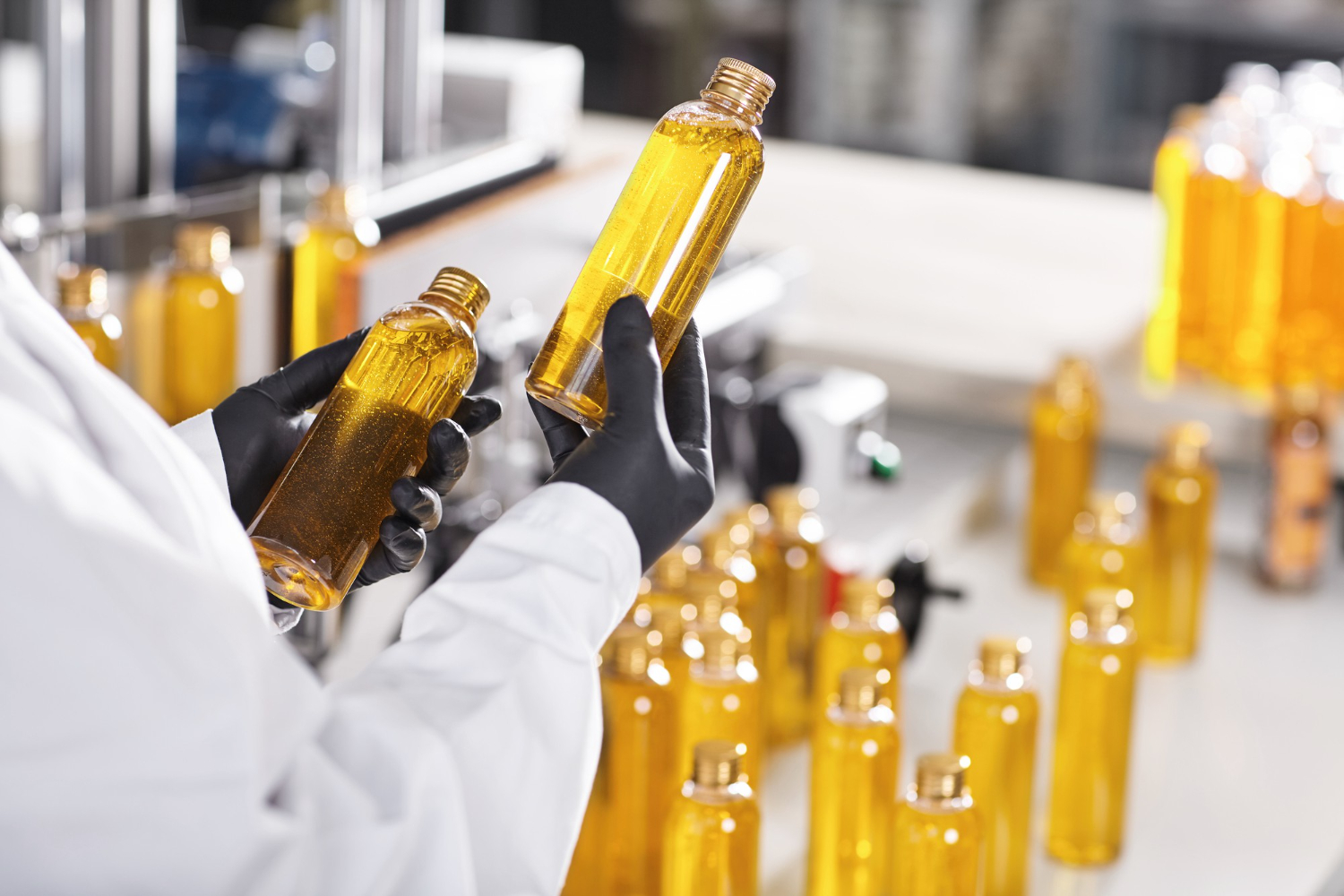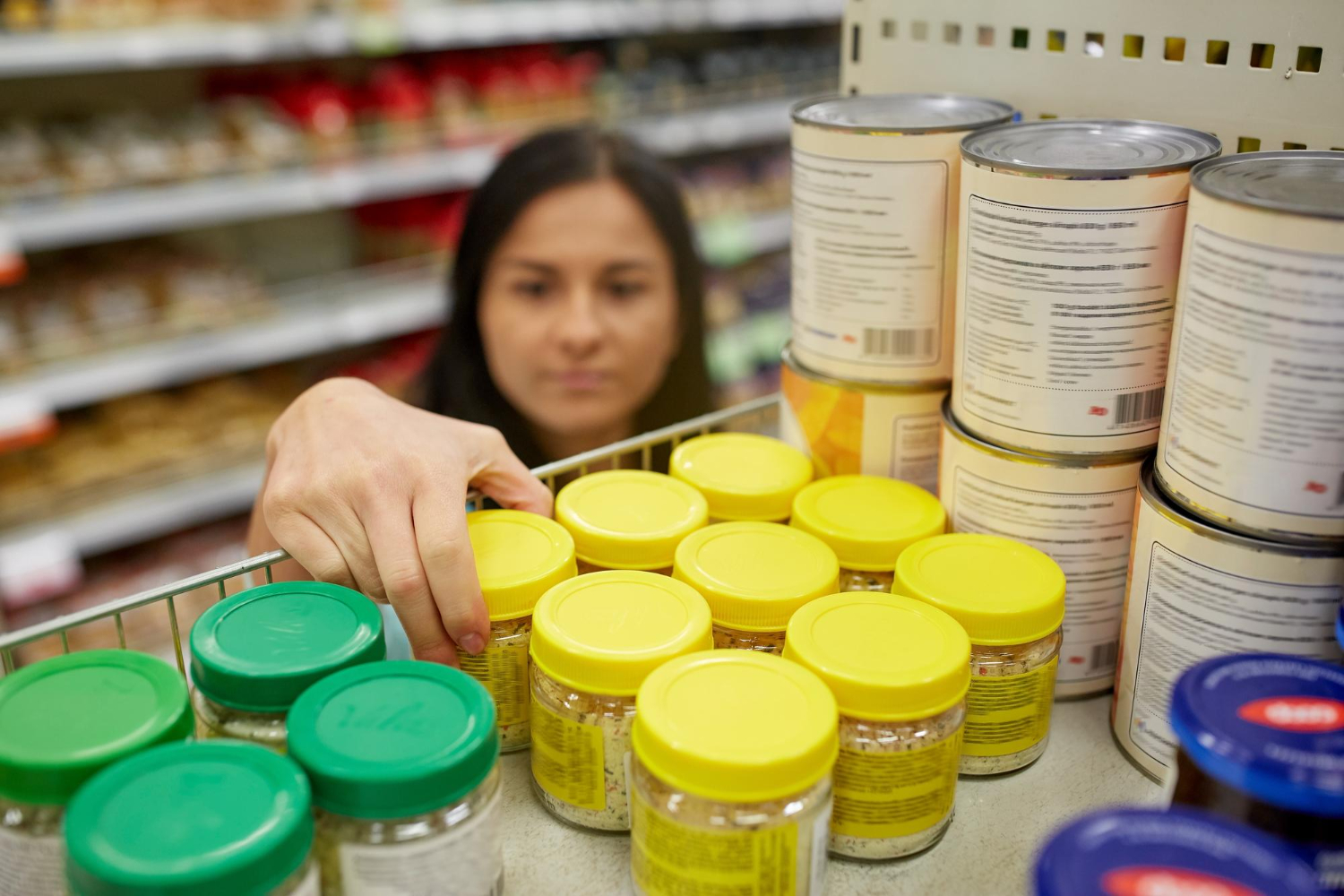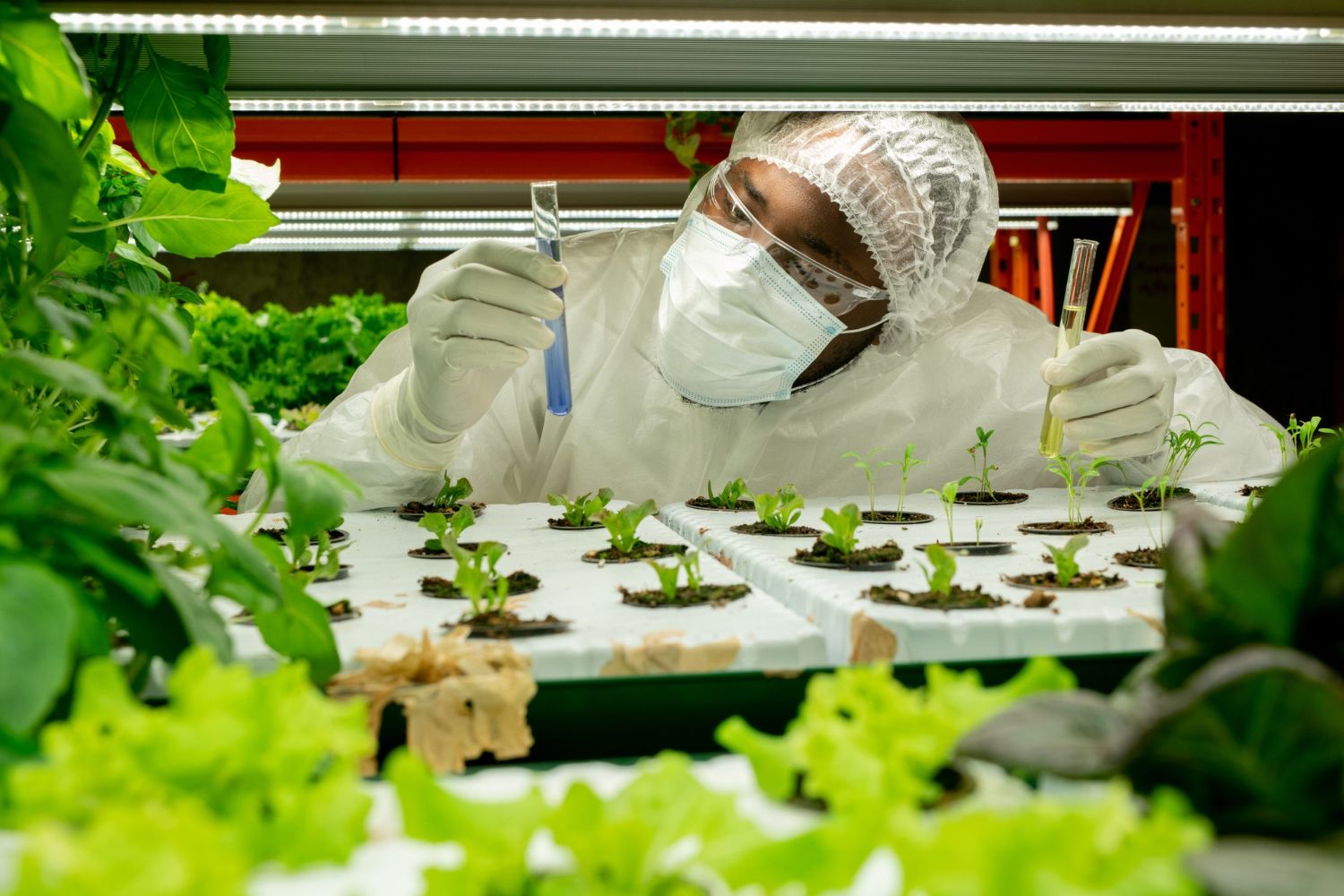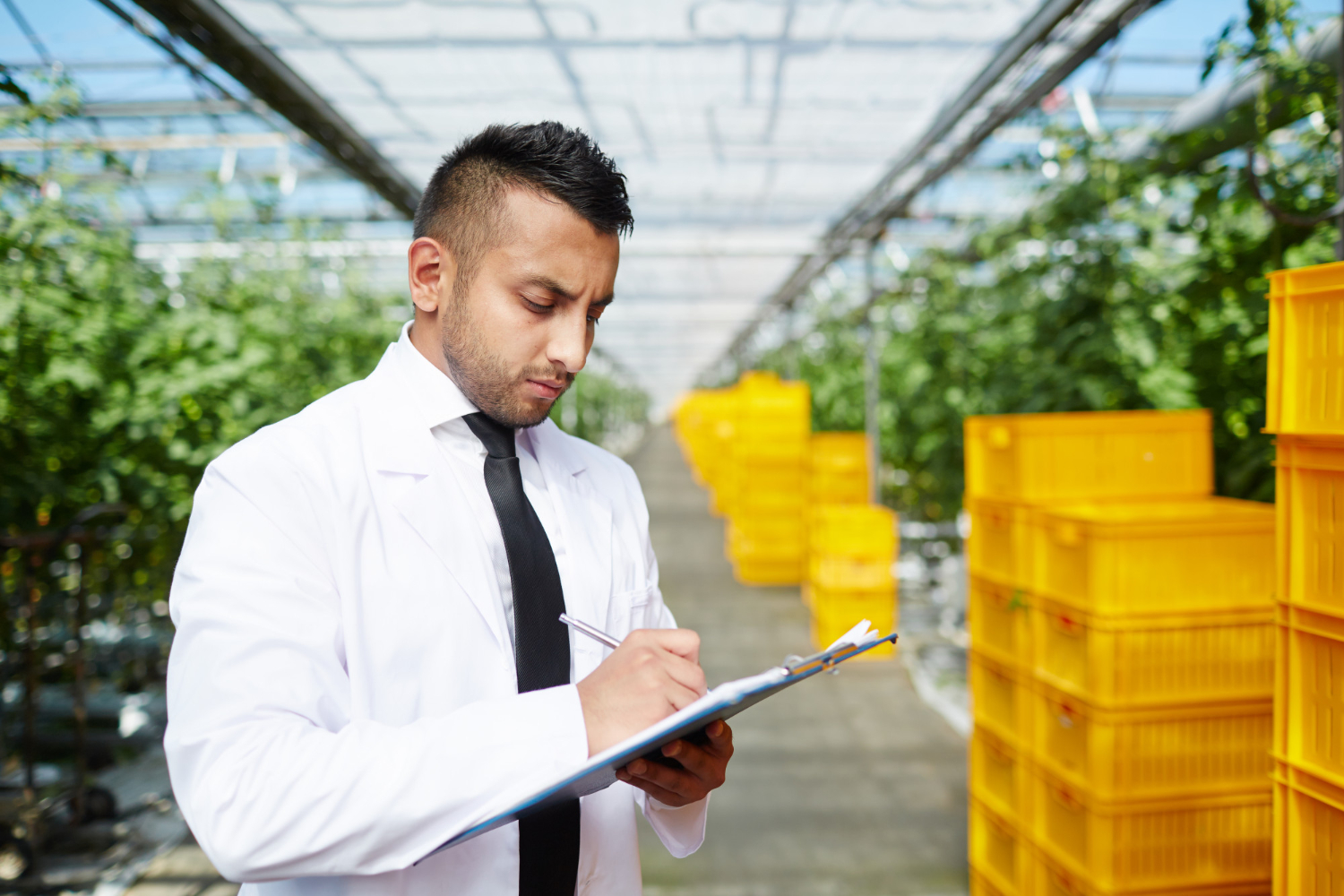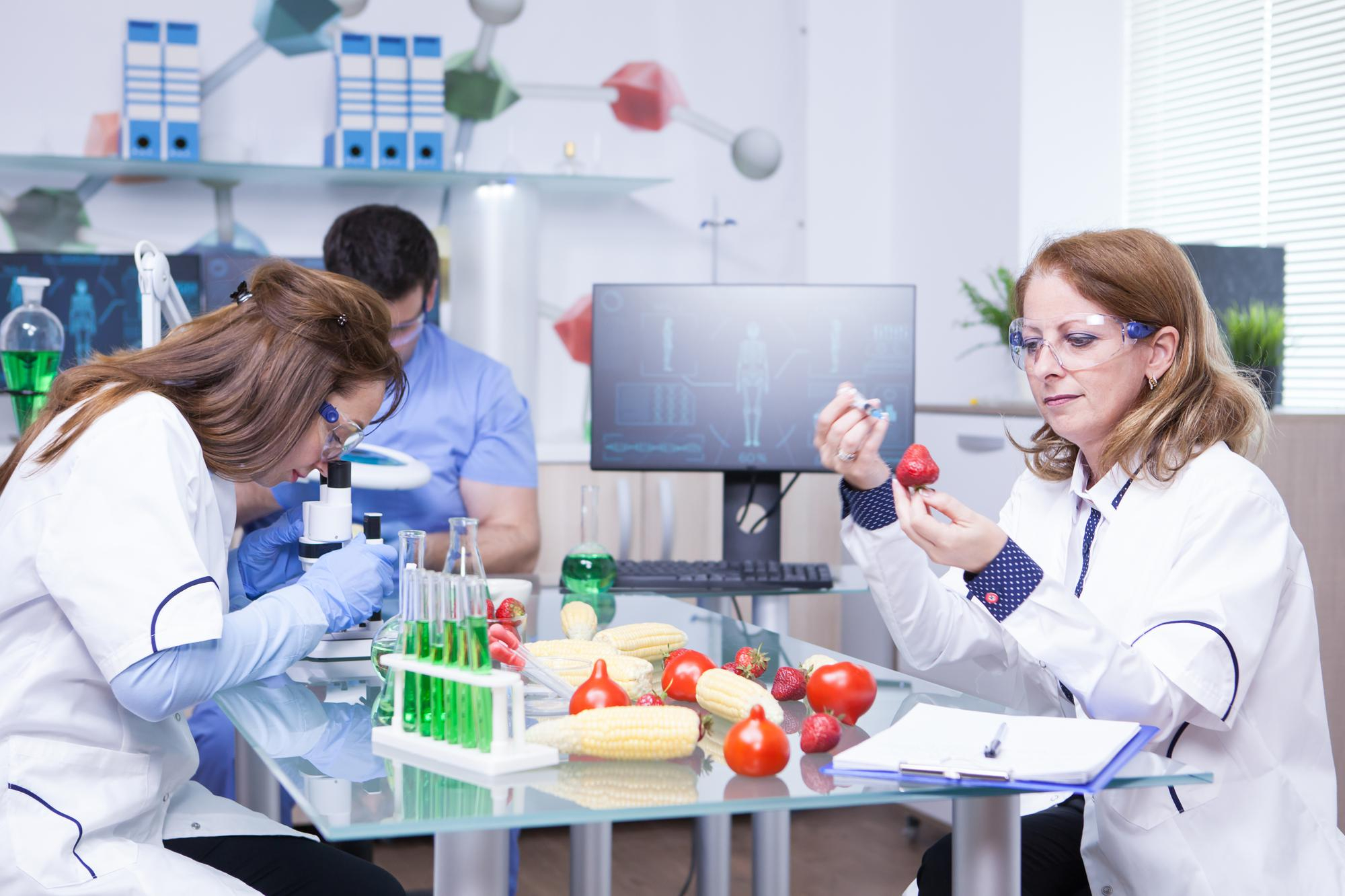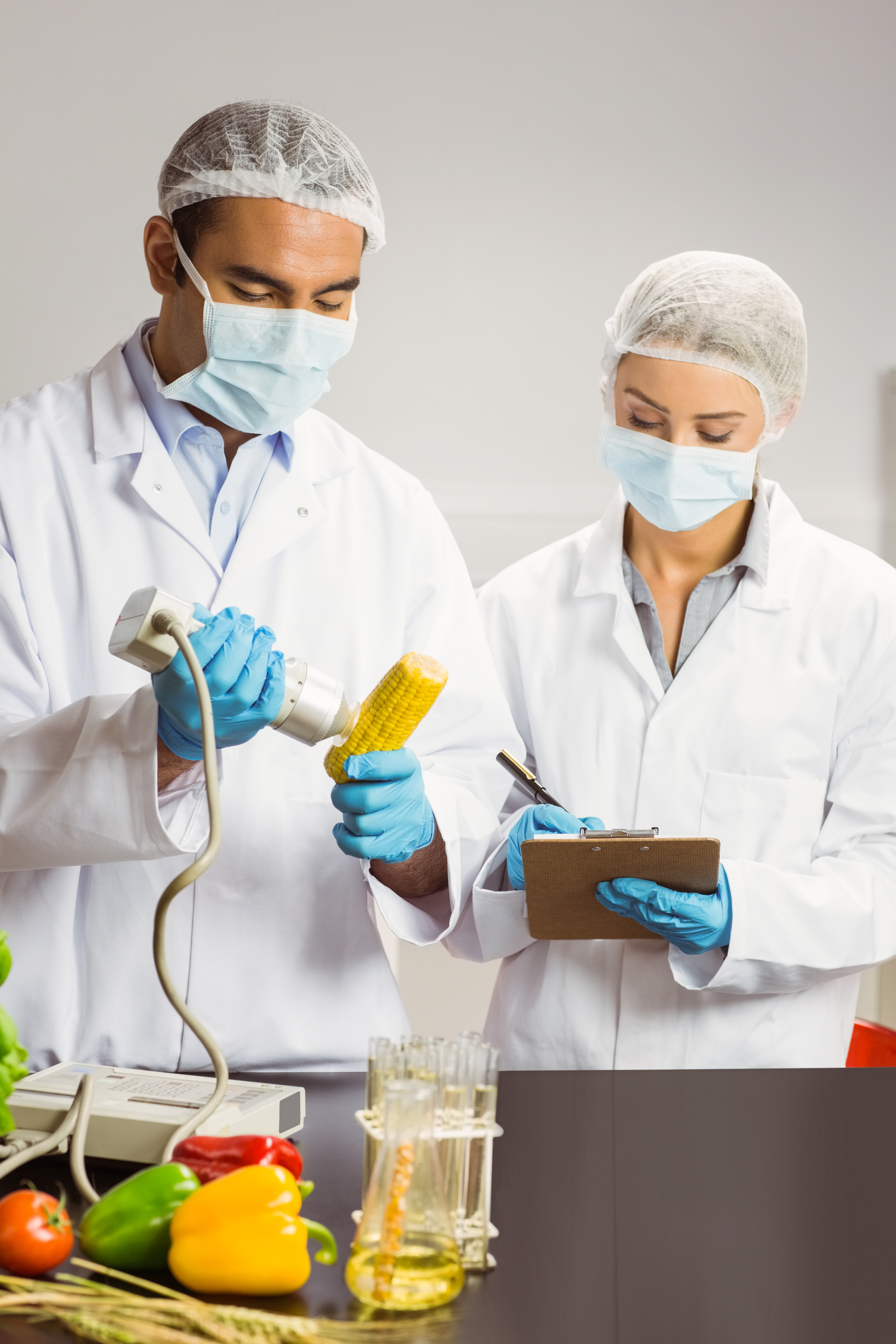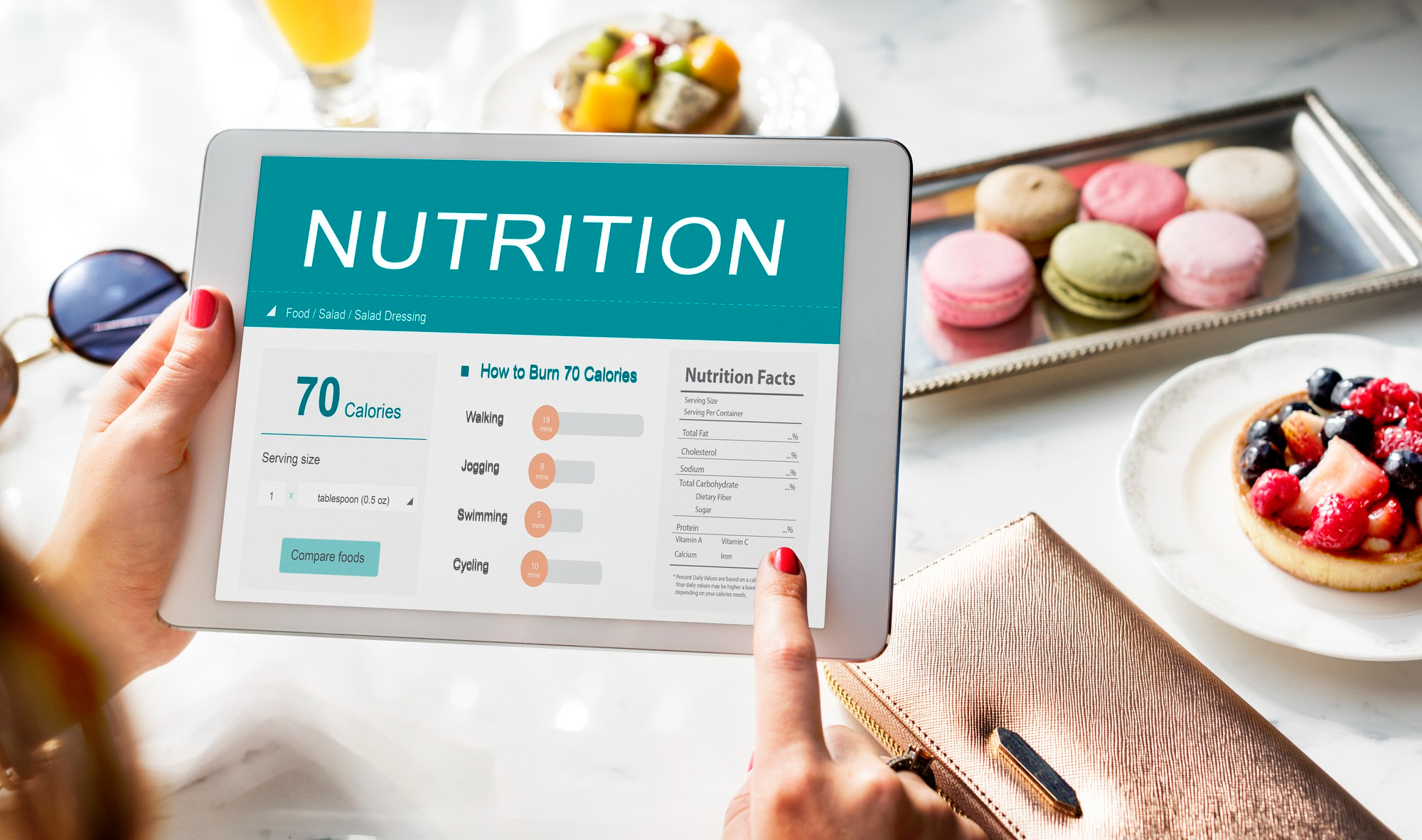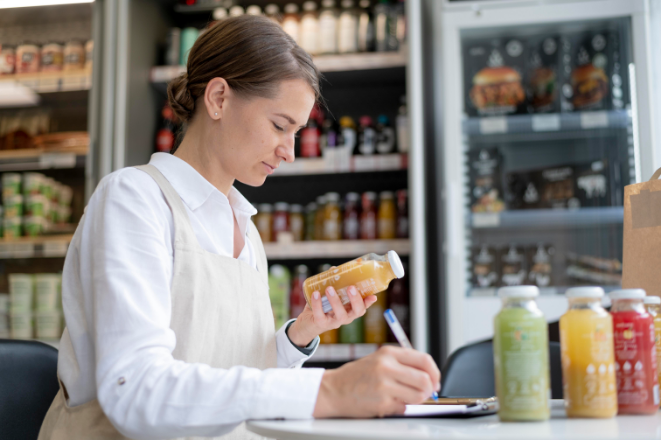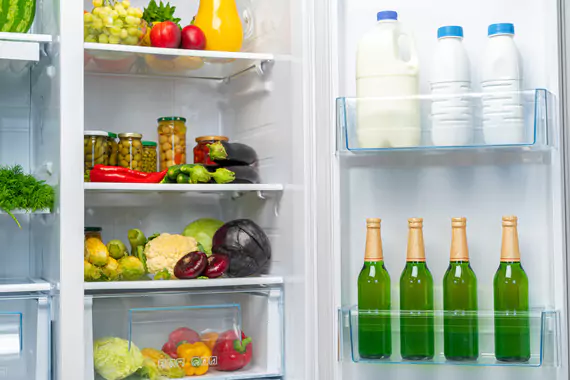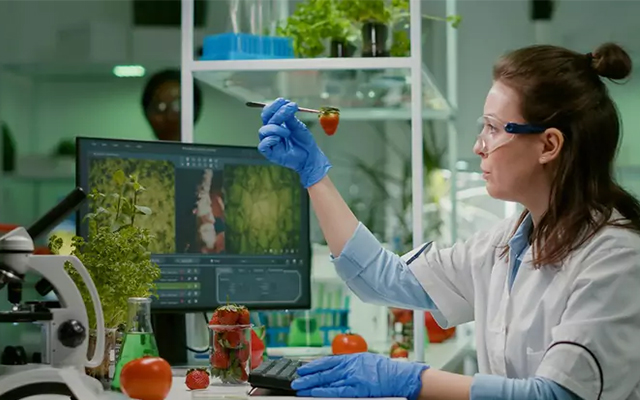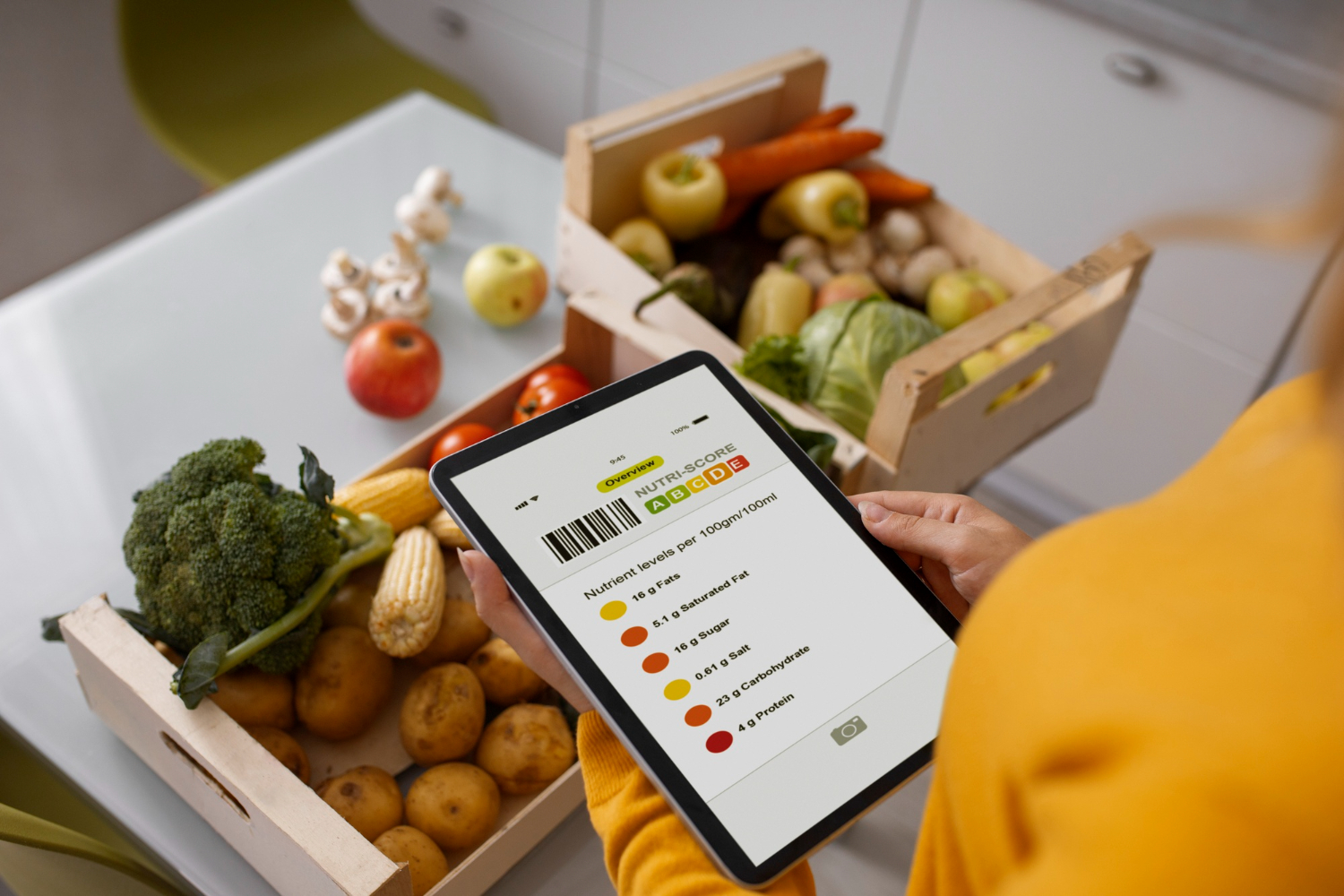5 Methods for Food Analysis
- 16 June, 2025
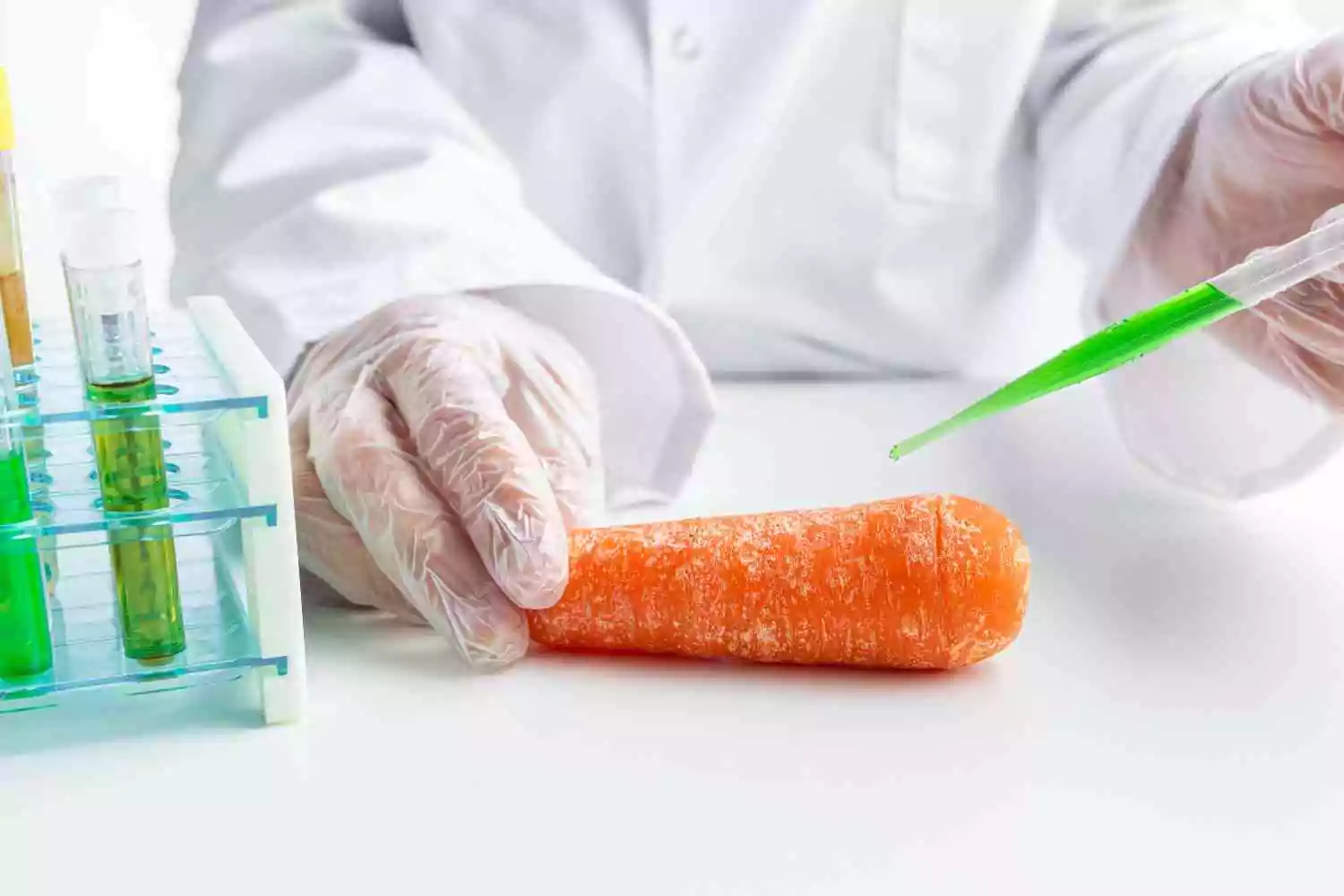
In today’s world, where food safety and quality are paramount, the food laboratory is the unsung hero ensuring that the food we consume is safe, nutritious, and meets regulatory standards. Whether you’re a manufacturer, a restaurant owner, or simply a conscious consumer, understanding the methods of food analysis can help you make better decisions about food safety and quality.
In this comprehensive blog, we’ll dive deep into 5 key methods for food analysis that food testing laboratories around the world employ. We’ll explore how each method works, its applications, and why you should consider working with a reputable food laboratory. If you’re searching for food lab testing near me to ensure compliance and consumer trust, you’re in the right place.
Why Food Analysis Matters
Before delving into the methods, let’s understand why food analysis is critical:
- Safety: Prevents foodborne illnesses by detecting harmful contaminants.
- Quality: Ensures consistency, flavor, and appearance of food products.
- Compliance: Helps meet regulatory standards set by authorities like FSSAI, FDA, or EFSA.
- Consumer Trust: Builds brand loyalty by ensuring transparency and safety.
Food testing laboratories use cutting-edge technology to offer accurate, reliable results. If you’re searching for food lab testing near me, remember that accuracy, turnaround time, and regulatory compliance are key.
Additionally, food analysis is a key component in developing innovative food products and maintaining brand integrity. Manufacturers rely on food testing data not just to comply with regulations but also to create healthier, tastier, and more sustainable food options. As consumers become increasingly conscious of food quality and sustainability, these testing services help businesses stay competitive and trustworthy in a dynamic market.
The 5 Key Methods for Food Analysis
1. Chemical Analysis
Chemical analysis is a cornerstone of food testing. It involves examining the chemical composition of food to determine moisture, protein, fat, ash content, and more. This method also identifies the presence of harmful chemicals or contaminants.
- Key Techniques in Chemical Analysis:
- Titration: Measures acidity, alkalinity, and concentration of specific components.
- Spectrophotometry: Measures the absorbance or transmittance of light to detect nutrients or additives.
- Chromatography (GC & HPLC): Separates and quantifies components like preservatives, colorants, and pesticides.
- Applications:
- Nutritional labeling – Accurate nutritional information on packaging.
- Additives testing – Ensures food additives are within safe limits.
- Contaminant detection – Identifies heavy metals, pesticide residues, and other chemicals.
- Ingredient verification – Confirms that food products contain authentic ingredients and have not been adulterated with cheaper substitutes.
- Why Choose a Food Laboratory for Chemical Analysis?
Chemical analysis requires precision instruments and trained personnel. A professional food testing laboratory ensures accurate, regulatory-compliant results for food manufacturers and suppliers. When searching for “food lab testing near me,” check for labs accredited by agencies like NABL or ISO to guarantee credibility.
2. Microbiological Analysis
Microbiological testing is essential for identifying harmful bacteria, yeasts, molds, and viruses in food products. This analysis helps prevent foodborne illnesses and extends shelf life.
- Key Techniques in Microbiological Analysis:
- Culture Methods: Growing microorganisms on selective media.
- PCR (Polymerase Chain Reaction): Detects microbial DNA for rapid testing.
- ELISA (Enzyme-Linked Immunosorbent Assay): Detects specific pathogens using antibodies.
- Applications:
- Pathogen testing – Detects Salmonella, E. coli, Listeria, and other harmful bacteria.
- Spoilage organism testing – Identifies yeasts and molds affecting shelf life.
- Hygiene monitoring – Ensures cleanliness in food processing environments.
- Advantages of Professional Food Laboratory Testing
A specialized food testing laboratory has stringent protocols to avoid cross-contamination and ensure precise results. So, if you’re wondering about food lab testing near me, choose a lab known for microbiological expertise and state-of-the-art equipment.
3. Physical Analysis
Physical testing examines the physical attributes of food, such as texture, color, viscosity, and particle size. These characteristics directly affect consumer perception and product quality.
- Key Techniques in Physical Analysis:
- Texture Analysis: Measures firmness, chewiness, or crispness using texture analyzers.
- Colorimetry: Evaluates color consistency in food products.
- Viscometry: Determines the viscosity of liquids like sauces and beverages.
- Particle Size Analysis: Ensures uniformity in powdered foods.
- Applications:
- Product development – Tailors texture and color to consumer preferences.
- Quality control – Maintains consistency across batches.
- Shelf life testing – Measures physical changes during storage.
- Benefits of Using a Food Testing Laboratory:
Physical testing requires specialized instruments and expertise to interpret results. Accredited food testing laboratories offer comprehensive physical analysis services that ensure your products meet both consumer expectations and regulatory standards.
Moreover, physical testing can be crucial for packaging compatibility studies. For example, the way a sauce interacts with its container can affect shelf life and product integrity. Testing can also help detect foreign objects in food products, such as plastic or metal fragments, using techniques like X-ray inspection and metal detection, which are becoming standard practices in high-risk food industries.
4. Sensory Analysis
Sensory analysis involves human perception of food’s taste, smell, appearance, and texture. While subjective, this method is vital for product development and market research.
- Key Sensory Tests:
- Discrimination Tests – Identify differences between samples (e.g., triangle tests).
- Descriptive Tests – Describe flavor profiles, textures, and aromas.
- Hedonic Tests – Determine consumer preference.
- Applications:
- New product development – Ensures food meets target audience expectations.
- Quality assurance – Confirms product consistency and acceptability.
- Shelf life studies – Determine how sensory attributes change over time.
- Why Work with a Food Testing Laboratory for Sensory Analysis?
A professional food laboratory can conduct blinded, controlled sensory tests to minimize bias. If you’re exploring food lab testing near me, look for labs with trained sensory panels and validated protocols.
5. Allergen Testing
Food allergies are a growing concern worldwide. Allergen testing identifies the presence of allergens like gluten, nuts, soy, or dairy, even in trace amounts.
- Key Allergen Testing Techniques:
- ELISA: Quantifies allergenic proteins in foods.
- PCR: Detects allergen-specific DNA sequences.
- Lateral Flow Devices: Quick allergen screening on-site.
- Applications:
- Label verification – Confirms “free from” claims (e.g., gluten-free, nut-free).
- Cross-contamination checks – Verifies cleaning effectiveness.
- Regulatory compliance – Meets labeling requirements for allergens.
- Role of Food Testing Laboratories:
- Real-World Food Safety Incidents
- In 2015, an ice cream brand faced a major recall due to Listeria contamination, linked to inadequate microbiological testing.
- A major cereal brand had to recall gluten-free products in 2016 after allergen cross-contamination was detected through chemical analysis.
- In 2020, a spice brand had to recall products for excessive lead content, highlighting the importance of chemical analysis.
A professional food testing laboratory ensures accurate allergen detection using validated, globally accepted methods. If you’re seeking “food lab testing near me” for allergen testing, choose a lab with experience and credibility to protect sensitive consumers.
What to Look for in a Food Testing Laboratory?
- Accreditation: ISO 17025 or NABL certification ensures reliable, reproducible results.
- Experienced staff: Scientists and technicians with food safety expertise.
- Comprehensive services: From chemical and microbiological to sensory and allergen testing.
- Fast turnaround: Quick, accurate results help you make informed decisions faster.
- Customized support: Guidance on regulatory compliance and corrective actions.
Emerging Trends in Food Analysis
- Rapid testing kits – Faster turnaround for on-site testing.
- Sustainability analysis – Assessing carbon footprint and environmental impact.
- DNA-based methods – Precision testing for authenticity and fraud prevention.
- AI & data analytics – Streamlining analysis for better insights and predictive food safety measures.
Partner with the Right Food Laboratory
Food safety and quality are non-negotiable. Whether you’re a small restaurant or a large manufacturer, working with a reliable food laboratory can save your business from costly recalls, protect your customers, and boost your brand’s reputation.
Each of the 5 methods for food analysis – chemical, microbiological, physical, sensory, and allergen testing – plays a unique role in safeguarding your food products. So, the next time you’re searching for “food lab testing near me,” remember: Choose a food testing laboratory that prioritizes accuracy, compliance, and consumer safety.
Ready to ensure the highest food safety standards? Reach out to a trusted food laboratory today and experience the peace of mind that comes with knowing your products are safe and of the highest quality!
FAQs
Q1: What is the role of a food laboratory?
A food laboratory tests food samples to ensure safety, quality, and regulatory compliance. It provides accurate data that helps manufacturers, restaurants, and regulators protect consumer health.
Q2: How often should food products be tested?
Testing frequency depends on product type, processing methods, and regulations. However, regular testing during production and storage is key to maintaining quality and safety.
Q3: Are food lab testing near me searches reliable for finding a good lab?
Yes, but don’t just pick the nearest lab! Verify accreditation, expertise, and service quality to ensure reliable results and regulatory compliance.
Q4: Why is allergen testing important?
Allergen testing helps prevent accidental exposure for sensitive individuals and ensures accurate labeling. This protects consumers and prevents costly recalls or legal issues.




